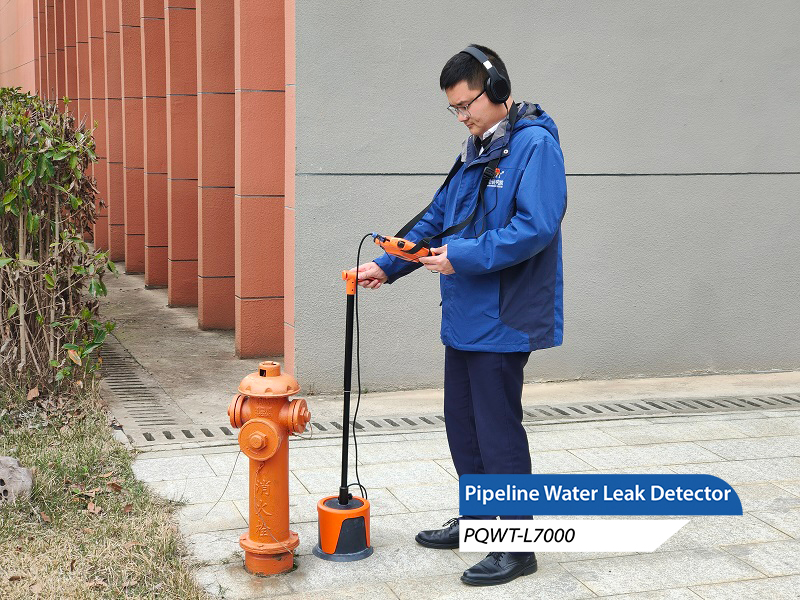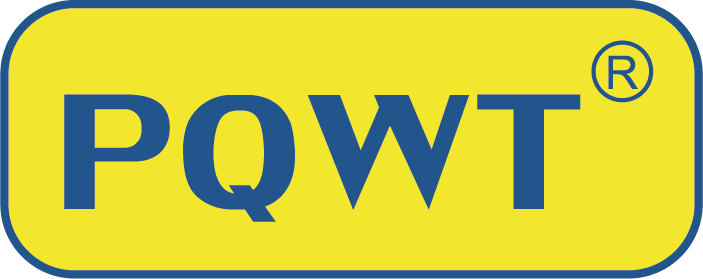With the acceleration of urbanization, the complexity and importance of underground water supply pipeline networks are becoming more and more prominent. However, due to a variety of reasons such as aging pipes, geological changes, temperature changes, etc., the problem of underground pipeline leakage occurs from time to time. In order to repair these leaks in time and reduce water waste, pipeline leak detector has become an indispensable tool. However, in practical application, pipeline leak detector faces many interfering factors, which may lead to misjudgment or missed detection.

A. Principle of pipeline leak detection
When the water supply pipe leakage occurs, the water friction and impact with the leakage port and the surrounding medium, which produces different frequencies of vibration and leakage sound. These sounds spread to the ground through the pipeline and the surrounding medium, and are captured and converted into electrical signals by pipeline leak detector. After amplification and digital filtering, inspectors can analyze these signals to determine the exact location of the leak.
B. Analysis of interference factors
1. External interference from various sound sources
① external noise: such as motor motors, blowers and other noise and water leakage sound frequency is similar, easy to cause misjudgment.
② underground facilities loss and leakage sound: cable, gas and other underground facilities loss and leakage of sound and water leakage sound similar, need to be carefully identified.
③ pipe network structure noise: pipeline elbow, ladder mouth and other obstruction or impulse changes will also produce sound, need to listen to more tests to exclude.
2. Differences in the effect of listening to leaks on different road surfaces
① pavement structure affects the sound wave propagation, high standard pavement structure is compact, fast sound transmission, distortion is small, is conducive to leakage detection.
② pavement material is different, sound wave propagation effect is different, need to adjust the detection strategy according to the actual situation.
3. Pipe structure differences
① metal pipe sound transmission performance is good, easy to capture the sound of water leakage, but may also lead to listening to determine the specific leakage point.
② non-metallic pipe sound transmission performance is poor, the detection needs to be more careful and patient.
C, response strategy
1. Improve the quality of testing personnel: through training and practice, improve the experience and skills of testing personnel, so that they can accurately determine the source of various sounds.
2. Comprehensive use of a variety of technical means: Combine the use of ground listening method, correlation meter detection method and other technical means to eliminate interference and improve the accuracy of detection.
3. Choose the right time for testing: avoid the peak water hours and outside noise hours for testing, to reduce interference.
4. Combined with the pipeline network drawings and the actual situation: fully understand the structure and layout of the pipeline network before detection, combined with the actual situation to develop detection programs.
The pipeline leak detector needs to face many disturbing factors in practical application. By improving the quality of inspection personnel, comprehensive use of a variety of technical means, choosing the right time to detect and combined with the pipeline network drawings and the actual situation of the development of inspection programs and other measures, can effectively reduce the impact of interference factors, improve the accuracy of detection.








